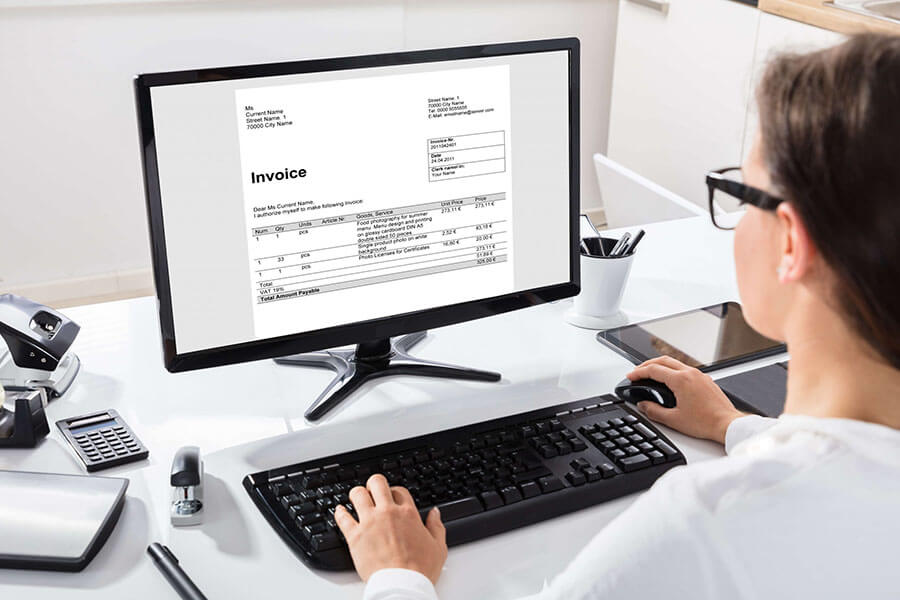
Creating accurate cost pools demands thoroughness; omitting expenses can lead to undercosting, while over-assigning costs might result in overcosting. This precision will reflect on the reliability of financial reports and significantly influence decision-making. On top of that, there are costs related to running the factory itself – everything from electricity to equipment maintenance – that don’t fluctuate with output; these are your fixed overheads. Understanding how to effectively manage production costs is a common challenge for directors in any sector.

What is Variable Costing?
It would be easy to use up full manufacturing capacity, one sale at a time, and not build in enough margin to take care of all the other costs. If every transaction were priced to cover only variable cost, the entity would quickly go broke. online bookkeeping Second, if a company offers special deals on a selective basis, regular customers may become alienated or hold out for lower prices. The key point here is that variable costing information is useful, but it should not be the sole basis for decision making.

Economic Order Quantity: How to Calculate It and What It Means
This means direct materials, direct labor, and both variable and fixed manufacturing overhead should be part of the inventory cost. Absorption costing allocates all manufacturing costs to products, thereby ensuring that each unit carries a proportionate share of fixed overhead expenses. This differs from variable costing, which treats fixed costs as period expenses. While both absorption and marginal costing are used to determine product costs, they differ in their treatment of fixed overhead costs.
- Cost of goods sold includes direct materials, direct labor, and variable and allocated fixed manufacturing overhead.
- Effectively applying absorption costing involves several key practices.
- Therefore, you should treat the selling and administrative costs like a mixed cost.
- It allocates costs based on the activities that drive overhead expenses, providing a more accurate product cost determination.
- Per unit method of absorption of overhead is used when the output is measured in physical units like number, weight, etc.
- Using absorption costing provides businesses with a thorough understanding of their production costs.
- Fixed costs cannot be subtracted from revenue until the units are sold so absorption costing shows incomplete information regarding the profit levels of the company.
Benefits of Full Cost Allocation
For businesses looking to calculate the absorption cost per unit of production, an Absorption Cost Calculator is an essential tool. Direct costing is another type of cost accounting that only includes direct materials and direct labor costs in the cost per unit calculation. This method can be helpful for companies that do not have fixed overhead expenses or other indirect costs that need to be considered when calculating their profit margins on each product manufactured. Having explored the different cost components, let’s delve into how these figures come together in the absorption costing formula. Suspense Account This method involves meticulously adding direct labor costs, direct material costs, and both variable and the fixed manufacturing overhead and overheads for each unit produced. Product costs are those considered essential to making an item or good.
Direct labor (DL)
- Absorption costing is a method of calculation that assigns all manufacturing costs and overhead expenses to products or services.
- Machine hour rate is calculated by dividing the factory overhead by machine hours.
- This can result in lower initial reported profits on income statements during periods of high inventory production.
- The variable cost of adding one more passenger to an unfilled seat is quite negligible, and almost any amount of revenue that can be generated has a positive contribution to profit!
- The direct materials, direct labor, and variable and fixed overhead costs are allocated to each unit of production.
Absorption costing is a method of costing that includes all direct and indirect production costs in the cost of goods sold. Regularly conducting cost analysis ensures that period costs, such as administrative costs, are properly separated from production costs. This distinction improves the clarity of financial data, absorption costing formula enabling businesses to make more informed financial decisions and maintain accurate income statements. Using absorption costing provides businesses with a thorough understanding of their production costs.
- This article will discuss not only the definition of absorption costing, but we will also discuss the formula, calculation, example, advantages, and disadvantages.
- This method complies with GAAP standards, providing consistency across financial reporting and boosting credibility with stakeholders.
- It’s all about capturing the full picture – every penny spent needs to be accounted for on their spreadsheets so they can report accurate valuations on their stock valuation.
- In case when units are still in stock the fixed overhead costs are not transferred to the expenses report.
